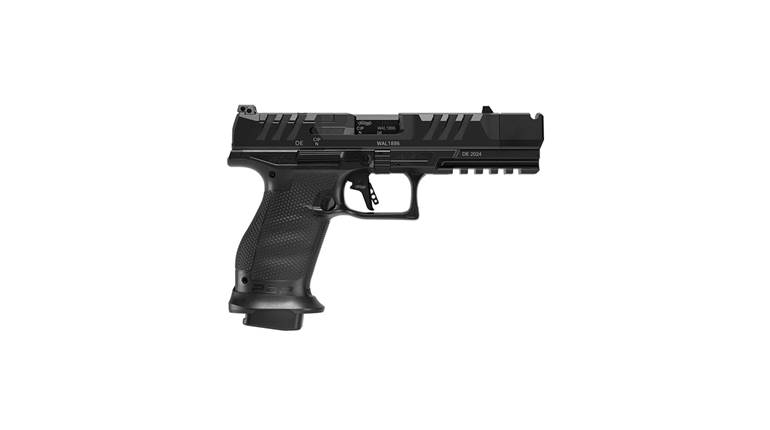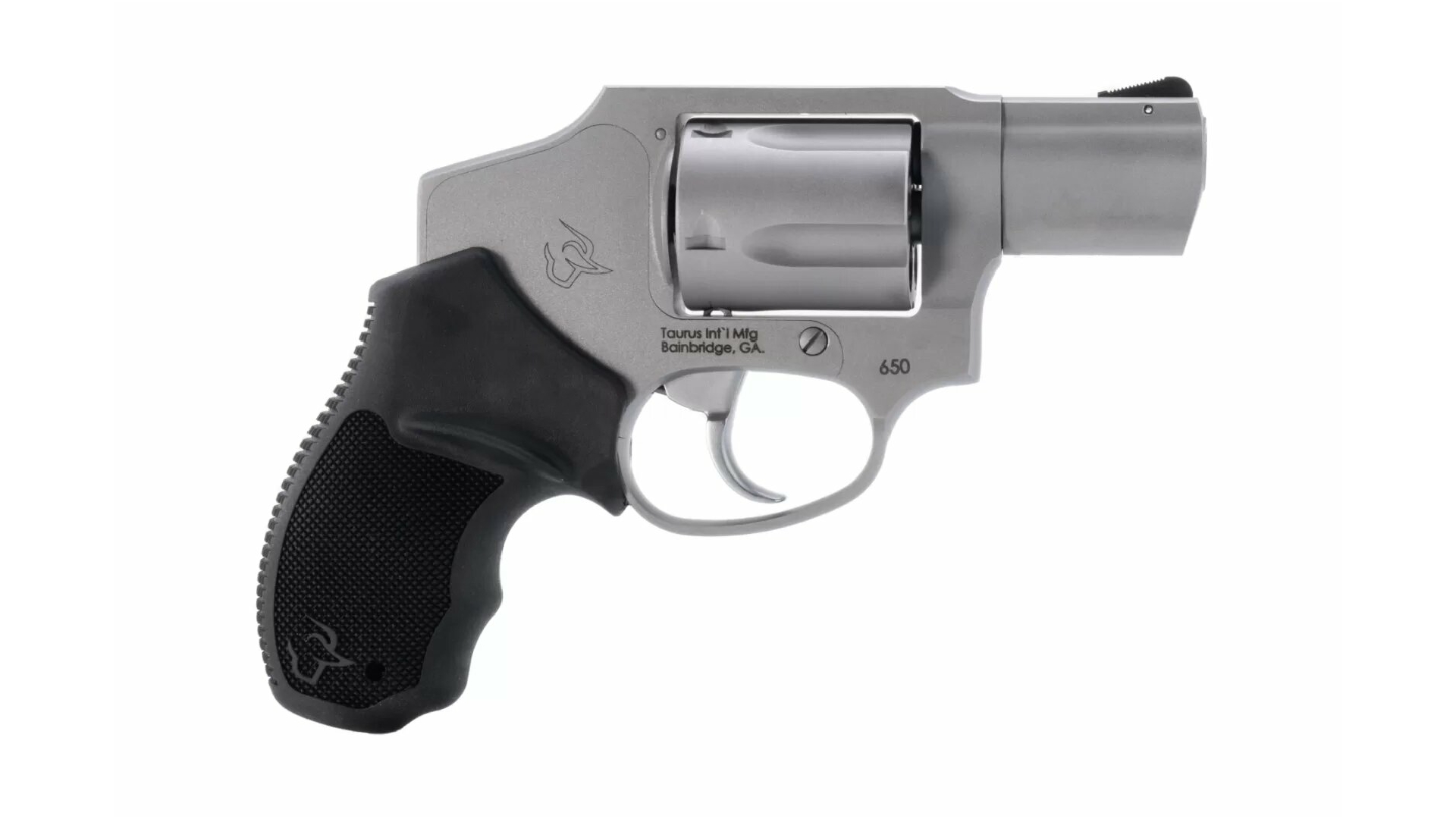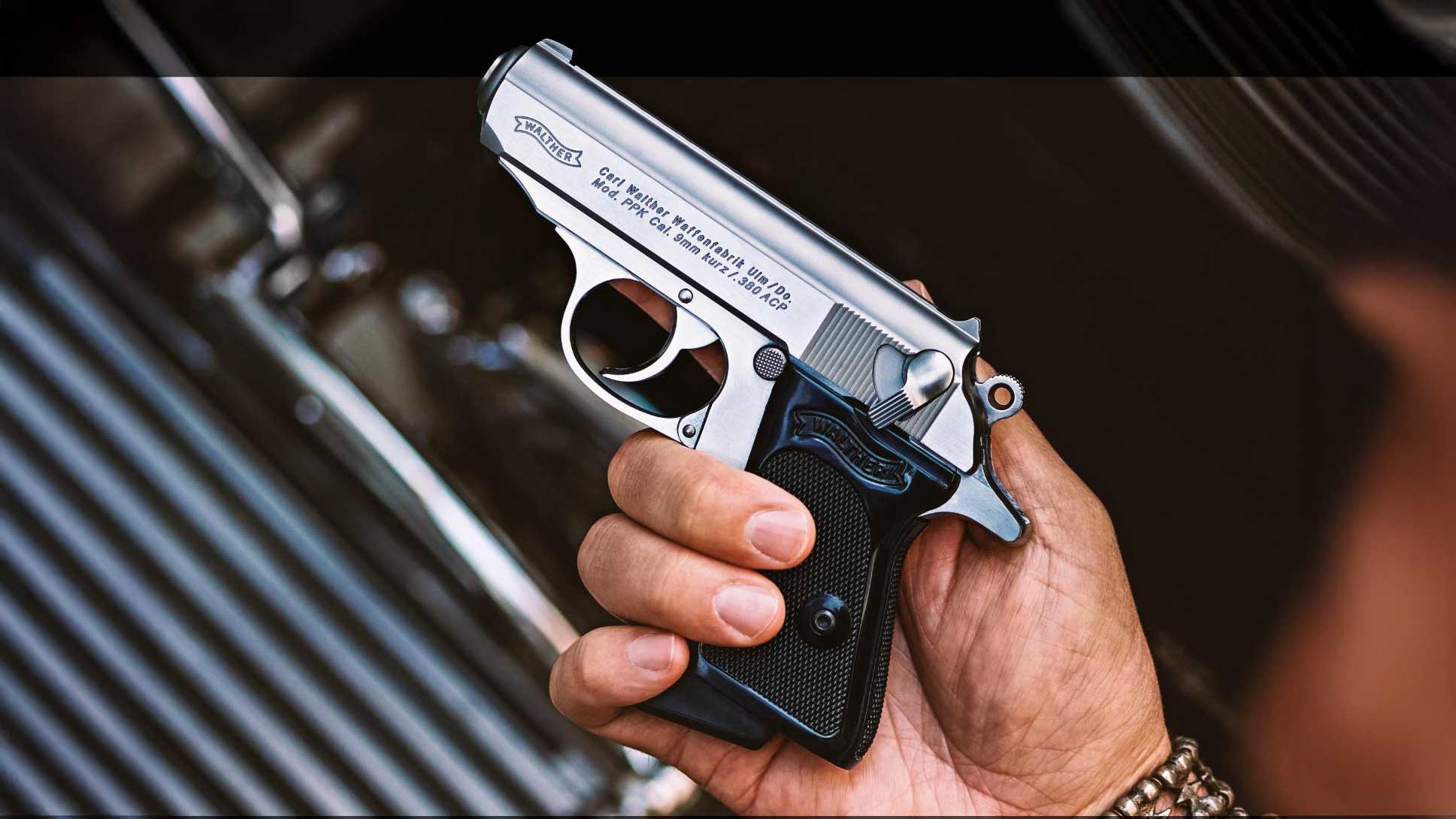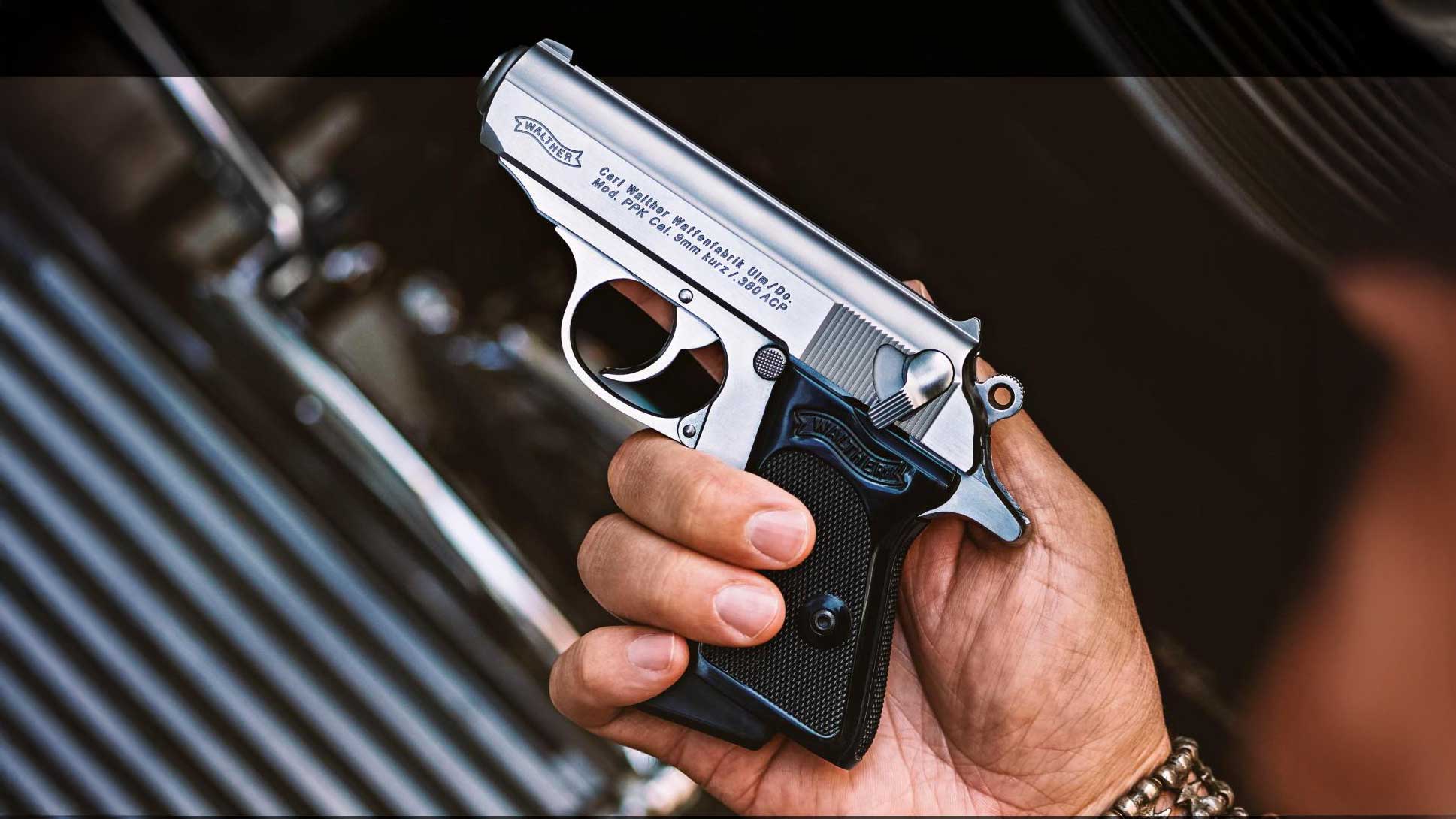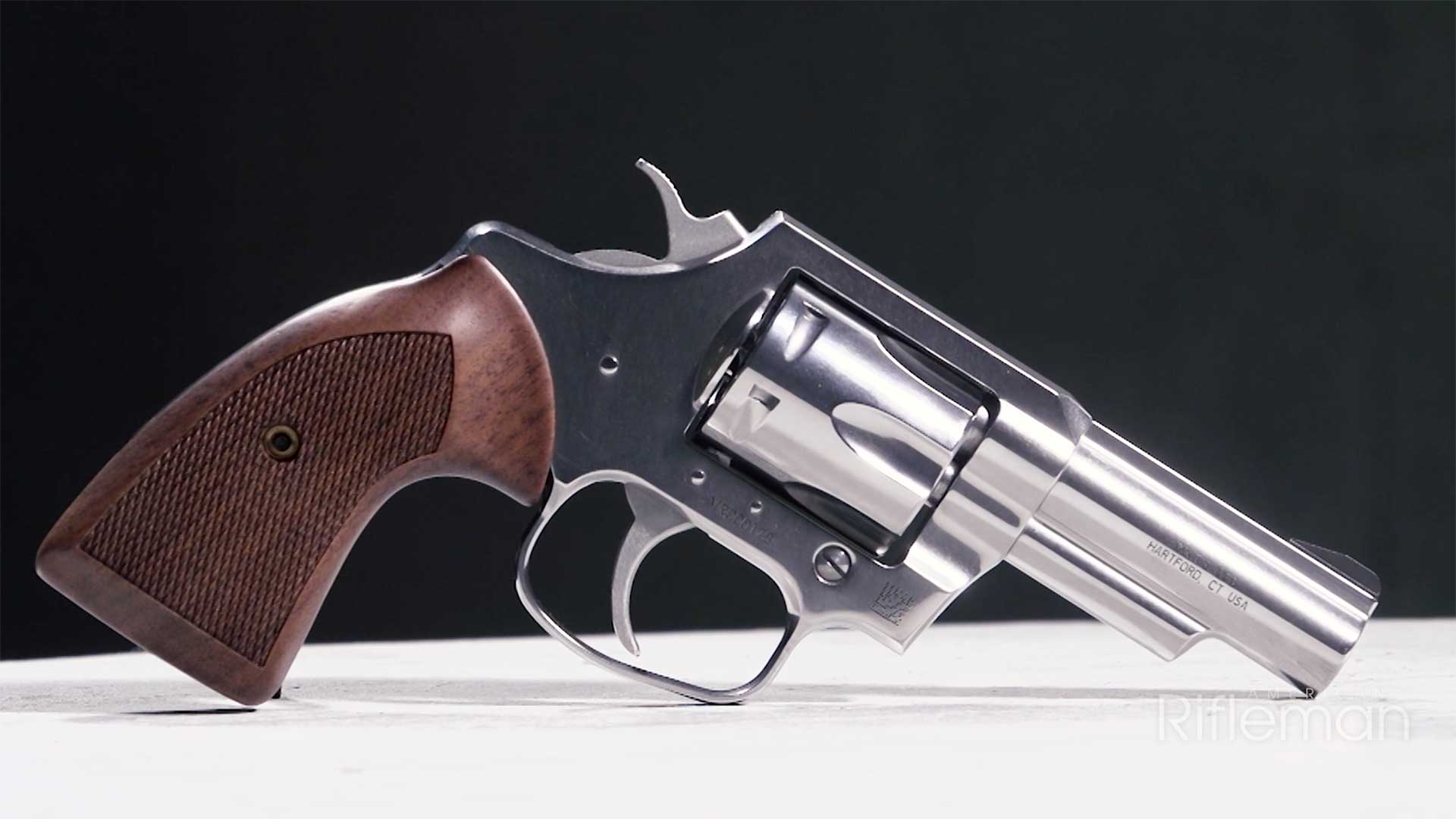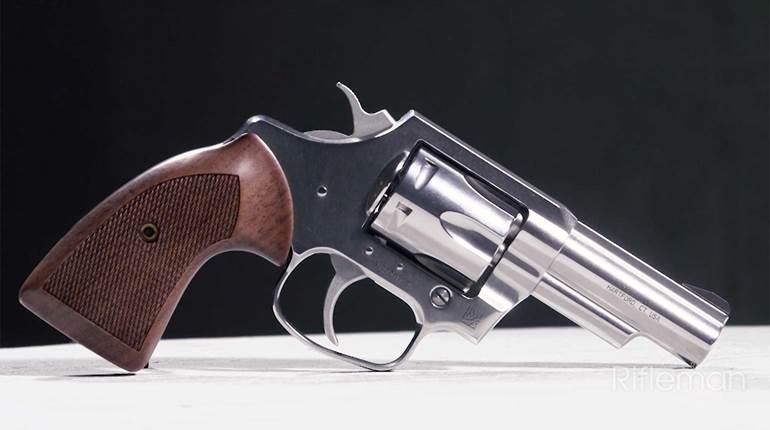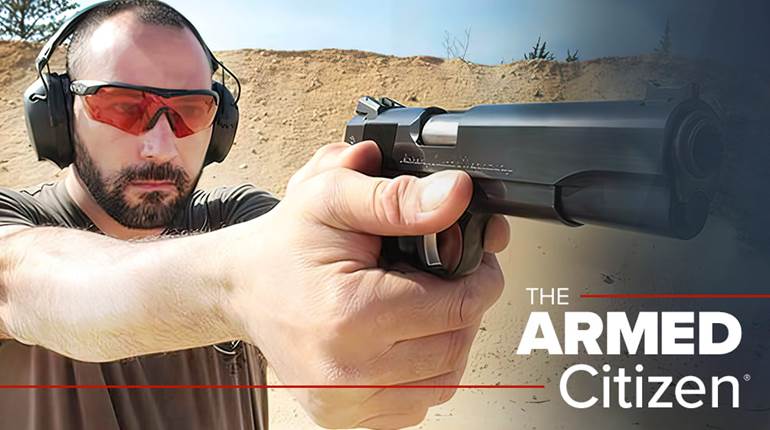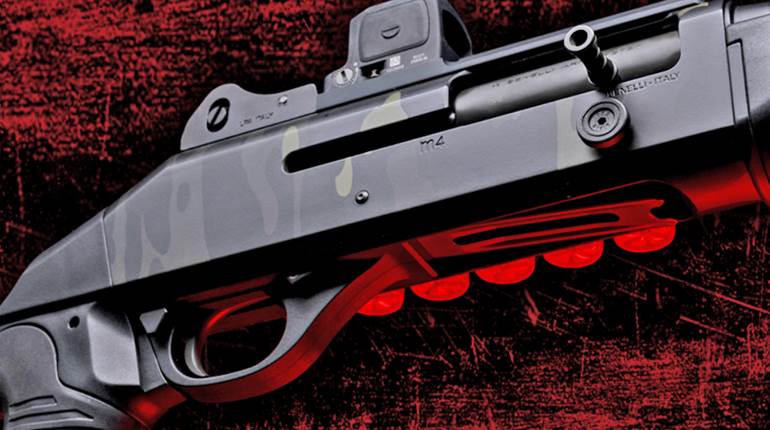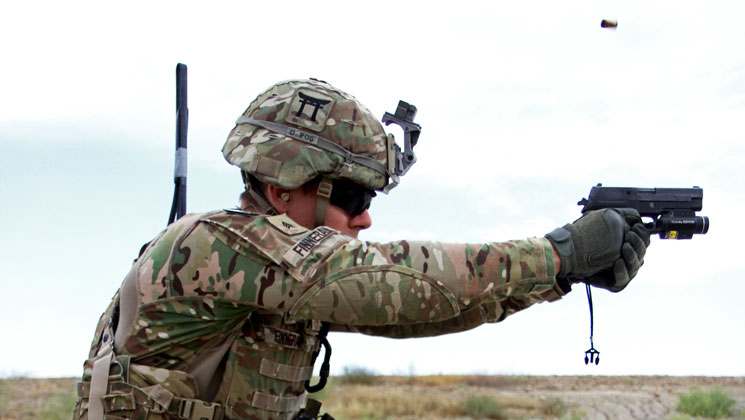
While much of the attention has been focused on the “kinetic platform” (what most of us would call a “pistol”) when it comes to the adoption of a SIG Sauer P320 variants as the XM17 and XM18 Modular Handgun System announced Jan. 17, there is one aspect that has not received much attention—the ammunition. While the Request For Proposal (RFP) did not specify entrant chambering—leading to speculation that the .357 SIG, .40 S&W or, heaven be praised, the .45 ACP, may be adopted—the Army opted to stick with 9x19 mm NATO.
There are only so many ways to satisfy one of requirements listed in the RFP—“increased lethality” over the existing platform without changing the cartridge—either make the barrel really, really long to increase velocity (thus, increasing energy), or change bullet construction. It appears, based upon my trip to the SIG Sauer booth at the 2017 NRA Annual Meetings & Exhibits, that the XM17 will not have a 20-inch barrel. Therefore, the increase in lethality the Army was looking for has to come with an ammunition change.
Before we delve into the 9x19 mm XM1152 and XM1153, a common question out there is why SIG Sauer did not submit its own ammunition for the MHS trial? SIG Sauer makes ammo, right? The bottom line, simply, was SIG Sauer Ammunition was not ready when the RFP was put forth in 2015. SIG Sauer has made huge inroads in the ammunition business in a short time. For example, its 124-gr. V-Crown has proved to be one of the most accurate defensive loads we have used for testing. And we go to that load quite a lot to find out the accuracy potential of a 9 mm handgun. But SIG had not yet won—let alone actually fulfilled—a big ammunition contract from the U.S. government. And had it decided to go with its own ammunition rather than partnering with Winchester Ammunition, it could have jeopardized the entire success of SIG Sauer’s pistol entry. No, if you want to go to the winner’s circle, partner with someone who has been there before. And that someone was Winchester Ammunition, which runs huge quantities of 9x19 mm NATO or 5.56x45 mm NATO for the U.S. government in its Oxford, Miss., plant.
Winchester issued a press release about it being the selectee for the 9 mm NATO handgun ammunition to go with the XM17. It was necessarily vague, and did not include much detail on the loadings—neither bullet weights nor construction were given. “This is a significant opportunity for Winchester to continue its steadfast support of the U.S. military, just as we have for decades,” said Brett Flaugher, President of Winchester Ammunition. “We are honored to work with SIG Sauer as part of the MHS contract.” Ron Cohen, President and CEO of SIG Sauer, Inc., said, “Winchester has a long history of supporting our service members, and we are honored to collaborate with them on this project.”
The ammunition accompanying the XM17 includes the XM1152 FMJ and the XM1153 Special Purpose loads. There are actually four, and they are described in part in government documents as: “Ball, Jacketed Hollow Point (JHP), Drilled Dummy Inert (DDI) and Blank.” While it is pretty obvious what the dummies and blanks are for—I’ll skip them—the uses for the XM1152 and XM1153 are given as “The Ball cartridge is intended for use against enemy personnel, for training, and for force protection. The JHP cartridge is required for use in situations where limited over-penetration of targets is necessary to reduce collateral damage.” In case you didn’t catch it, “Special Purpose” equals “Jacketed Hollow Point.”
The Pentagon is still working through whether or not to issue the ammunition to soldiers, though. According to a military.com article, Col. Brian Stehle at the recent National Defense Industry Association Armaments System Forum said, “Before we can field it, we have to have a law of war determination on the specific ammunition that was submitted with the handgun before we actually continue to field it to the soldier.” Colonel Stehle, who is the head of Project Manager Soldier Weapons, added “We have a law of war determination that stated that this type of ammunition is usable. We are very confident that the winning ammunition will be usable.” That said, there is anecdotal reporting that other “Special Purpose” rounds have been used by Special Operations troops in the global war on terror.
Just as OTM or “open-tip match” has been judged by Department of Defense lawyers as not violating a 118-year-old treaty the United States never signed, the Army is apparently reviewing, and close to allowing, the use of jacketed hollow points in soldiers’ handguns.
It has long been considered taboo for U.S. soldiers to use hollow-point ammunition, which is, all things being equal, more effective than a standard FMJ or ball load. The old saying, “They all fall to hardball,” isn’t necessarily true. Especially when that hardball is not a 230-gr. 45 ACP.
The ill-informed often cite the use of hollow-point pistol ammunition is a violation of the Geneva Convention. It has nothing to do with it. What they should refer to is a subsection of the 1899 Hague Convention. In addition to a “Declaration concerning the Prohibition of the Discharge of Projectiles and Explosives from Balloons” there was also a “Declaration concerning the Prohibition of the Use of Bullets which can Easily Expand or Change their Form inside the Human Body such as Bullets with a Hard Covering which does not Completely Cover the Core, or containing Indentations.” One U.S. “delegate plenipotentiary” by the name of “Mr. William Crozier, Captain U.S. Artillery”—who would later become a U.S. Army Brigadier General and Chief of Ordnance (we will forgive his stifling of the U.S. Army adoption of the Lewis Gun)—noted that the proposed restrictions were a bad idea. He suggested the following language, “the use of bullets which inflict wounds of useless cruelty, such as explosive bullets and in general every kind of bullet which exceeds the military necessity for a placing a man immediately hors de combat, should be forbidden.” But that’s not what passed. This language did: Bullets “which expand or platter easily in the human body, such as bullets with a hard envelope which does not entirely cover the core or is pierce with incision.” Crozier advised United States against signing that section. It didn't it. And hasn't since. Neither did Great Britain.
As an aside, another U.S. “delegate plenipotentiary” at the 1899 Hague Convention was Capt. Alfred Thayer Mahan, U.S. Navy—the author of The Influence of Sea Power Upon History: 1660-1783. Depending on how Army lawyers rule on XM1153 Special Purpose, it may be time for the much-anticipated sequel—The Influence of Hollow Points Upon History: 2017-2150.
Department of Defense image.
Additional Reading:
The Keefe Report: Army XM17—It's Happening
The Keefe Report: Proven—The FN America 509 Pistol
FN America Launches MHS Entry: The 509 9mm Pistol
MHS Update: Glock Protests SIG Sauer Result
Beretta Introduces the APX
Winchester Named Ammo Supplier for the U.S. Army MHS Program
NRA Gun Gear of the Week: U.S. Army’s New Pistol
The Keefe Report: I Was Wrong About the XM17
The Keefe Report: SIG Sauer Wins U.S. Army XM17 Modular Handgun System (MHS) Contract














